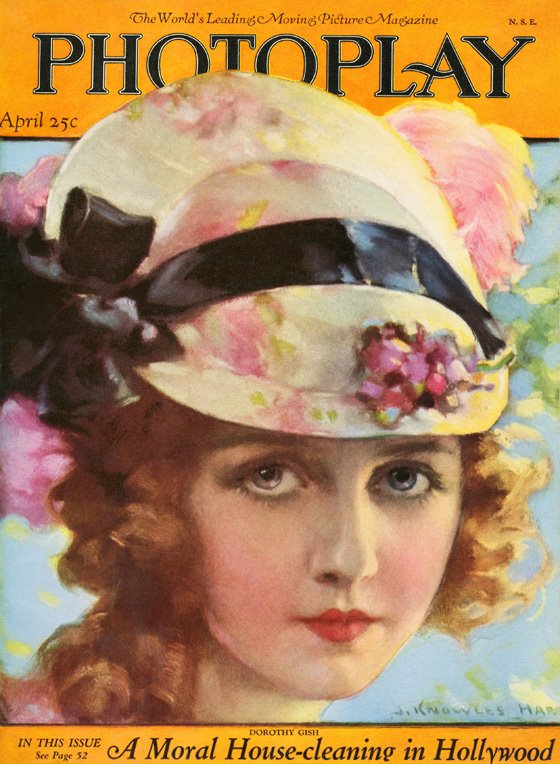
Artful Birthday Blog: March 11
Dorothy Gish: Pioneer of the Silent Screen
When moving pictures were born in the late 1890s simple acts — a family eating a meal, a man sneezing, two actors kissing, or workers exiting a factory — titillated audiences, who were mesmerized by the camera’s ability to capture motion on film. As the novelty wore off movie makers began to search for strategies to convey more complex stories, from wartime reenactments such as Shooting Captured Insurgents, Spanish-American War (1898) to fairytales like Jack and the Beanstalk (1902). Logic dictated that actors from vaudeville, Broadway or theatrical touring companies were the obvious choice to perform in front of the camera. Acting on film sets and locations, however, turned out to be quite different from being on the stage, and not everyone made the cut.
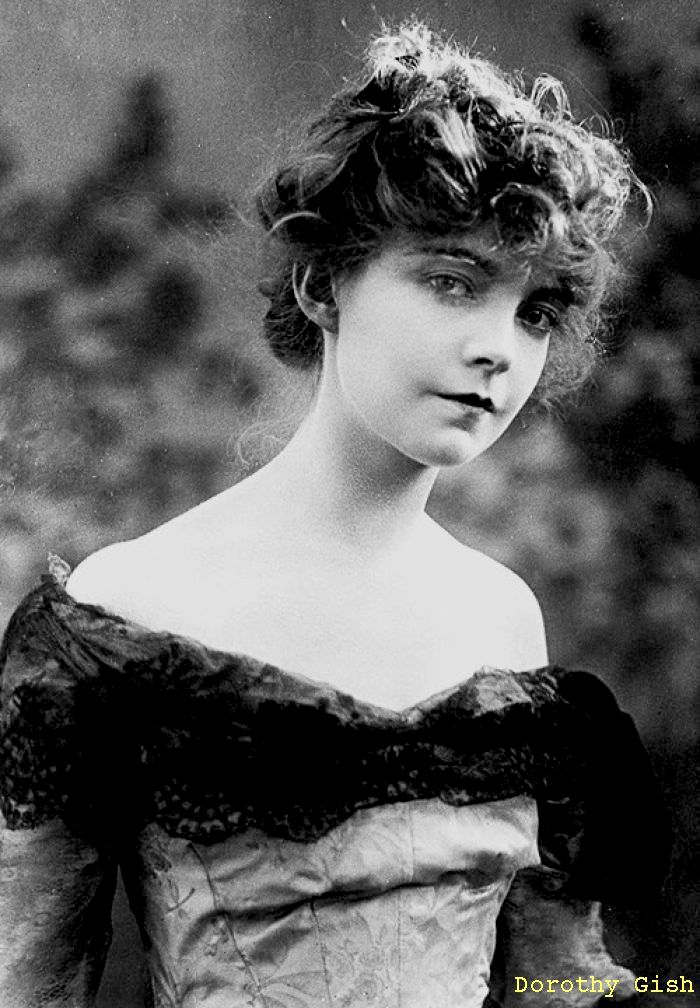
Dorothy Gish (1898-1968) was among the pioneers who transitioned successfully from stage to screen, first playing bit parts and then working her way up to bigger roles and eventually to five-reel productions including Old Heidelberg (1915) and Jordan is a Hard Road (1915). To celebrate her birthday on March 11, we look at her place in those remarkable early decades of silent cinema (from which, sadly, only a small portion of the large film output survives).
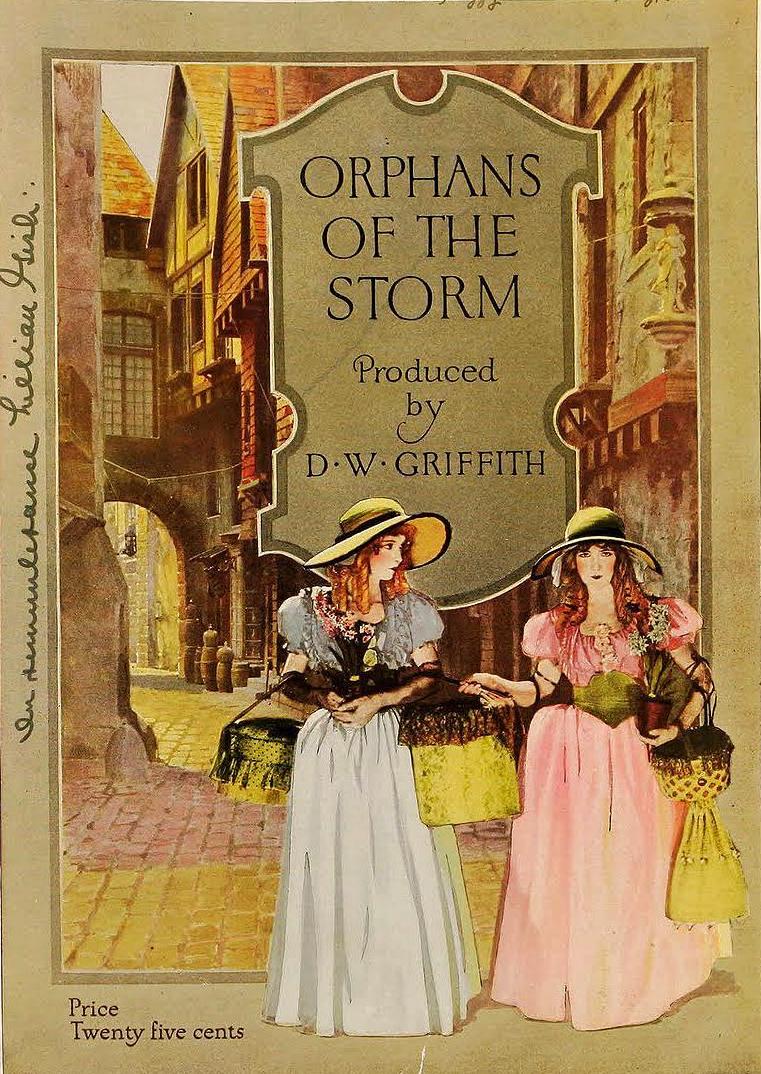
The silent era (1896-1927) featured a surprising number of sister duos. The Talmadge sisters were often type cast according to genre: Norma was considered better suited to drama while Constance was the comedian. In truth, Norma could be just as funny as her sibling, and occasionally got the chance to prove it. Jane and Katherine Lee often appeared together, starring in Fox’s “kiddie films” like The Little Imps (1917). There was Helene Costello and her sibling Dolores Costello, who married John Barrymore; twin sisters Madeline and Marion Fairbanks; and the list continues. Dorothy Gish and her older sister Lillian Gish are by far the best known. They collaborated most famously in Orphans of the Storm (1921) about two sisters in revolutionary Paris.
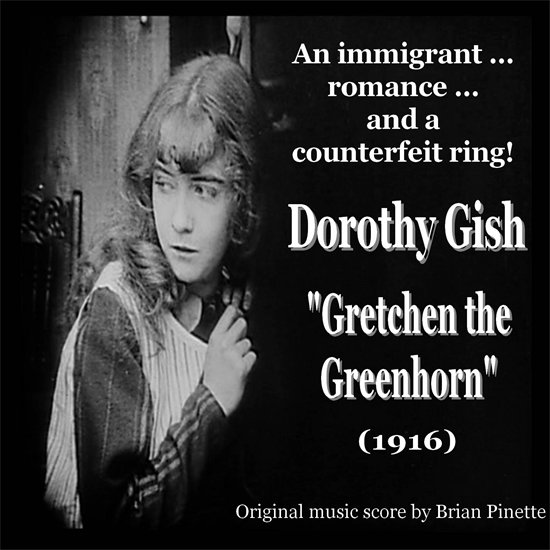
But for her birthday we want to put the spotlight on the seriously underrated Dorothy and two surviving movies that she made solo. She had a rare starring role at age eighteen in Gretchen the Greenhorn (1916), as a Dutch immigrant bound for New York, where she and her father (a master engraver) are trapped in a counterfeiting scheme from which she must free them. At a time when exaggeration and ham acting were the norm, Gish conveys a range of emotions with subtlety. Aside from her performance, what is remarkable about this film is its recovery story. Assumed lost, the movie was uncovered in an old barn Washington state. Silent film history is filled with stories like this one, so be on the lookout!
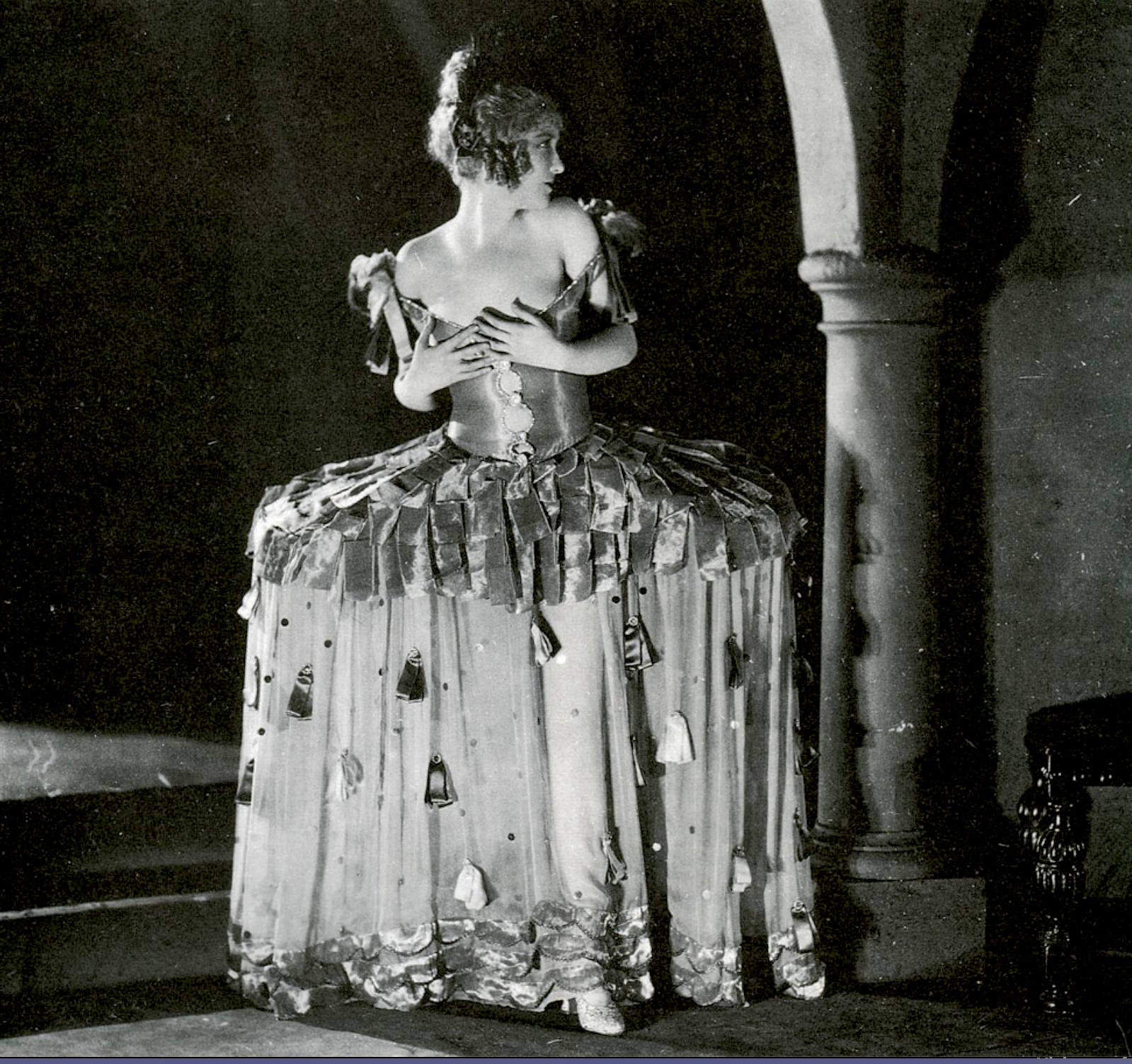
Ten years later Dorothy starred in the title role of Nell Gwyn (1926) that follows the life of the mistress of King Charles II. “This is the first English production to reach these shores that will meet with the approval of American audiences. Perhaps this is due to the appearance of our Dorothy Gish in the cast,” Photoplay reported in April 1926. “Never has Dorothy done such creditable work, and, as the little impish gamin who becomes a favorite of the King.” Playing the paramour in dresses cut a bit lower than usual, she prompted a warning in Harrison’s Reports (July 31, 1926): “The story is, of course, suggestive… It might not be the right picture for a Sunday entertainment in religious communities.” By 1927 Al Jolson would appear in The Jazz Singer, marking the beginning of talking pictures, when movies changed radically, and many careers abruptly ended. Happily, the Gish sisters continued to thrive. But that is a story for another blog.